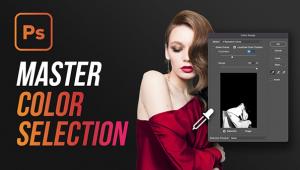Personal Projects; Hudson’s Heritage; Ted Kawalerski’s Hudson River Project Page 2
It was around this same time, however, that I discovered all my original film negatives were missing. Thankfully, I had printed exhibition-quality prints. These were drum scanned by L&I in New York City and converted into 24x36” 300dpi image files.
Looking at the body of work I had created—images that span everything from the headwaters of the Hudson all the way down to Manhattan—I saw there was something about these images that had viability as something more than a personal project or hobby. After showing the prints to some of my friends who were in graphic design, I decided to put together a small show.
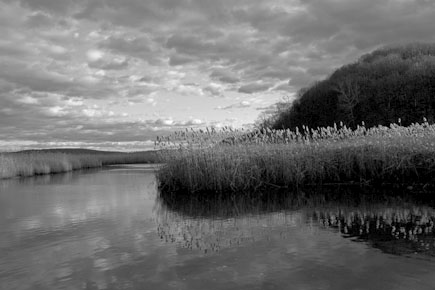 |
|
|
The first—and most important show—was in December 2007 at the MV Gallery in New York City. It launched everything. I used the digital files from the original prints along with the current digital captures to make 15.5x23.25” black-and-white archival inkjet prints on an Epson 4800 printer using Epson’s Enhanced Matte paper. The 38 prints displayed were a mix of the original traditional film images—now converted into digital—and the newer digital captures and they worked perfectly together, providing a seamless transition between the technologies. The show itself was not a travel documentary or a chronology of the river. It was all about the people and the landscape and about the connections they had with each other. For me, it was all about getting involved with the people and with what they were about.
It was through this show that I made one of my most important connections, to a Public Relations (PR) expert. Photographers don’t have the time to do everything and PR people look at it from a business perspective—something important to have. This all led to my show at the Beacon Institute for Rivers and Estuaries. The 65 images in the exhibit, entitled “Top to Bottom—The Hudson River,” were shown at the Institute’s gallery in Beacon, New York.
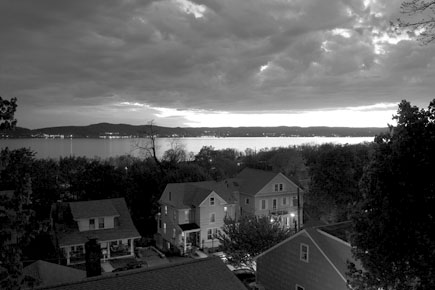 |
|
|
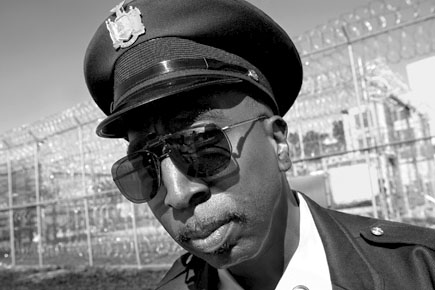 |
|
|
To me, photography is about seeing things. When you talk about transforming a personal project into something more, you really need to examine the viability of the images, to see what’s really there. It can be hard to do it objectively, which is where friends and others come into the picture. But before you move forward, you need to be sure it’s not a dream.
You need to examine two things specifically: the viability of the subject matter and its viability as a commercial project. You need to think in terms of what print buyers and corporate art buyers are looking for: work that promotes ideas and provides inspiration for future projects. At the beginning you don’t want to set your sights on publishing a book—that should actually be the last thing on your mind. Books don’t make money. Instead, focus on the images and how they can be best displayed to connect with others.
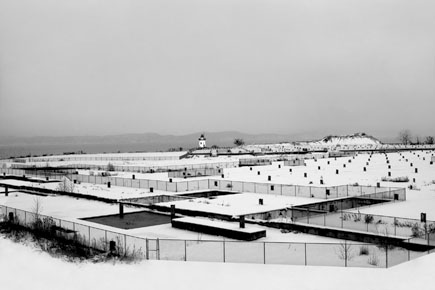 |
|
|
One thing I’ve come to realize over the course of my career is that all good commercial photographers are involved in personal projects. And it’s those projects which buyers look at to really get the sense of a photographer. They’re looking for that spark of personality that defines a photographer and draws a connection between them.
Ted Kawalerski has been a commercial photographer for more than 30 years. His clients include Liberty Mutual Group, Dominion Resources, Inc., Xerox, Johnson & Johnson, and Texaco Havoline Racing, among many others. To see more of Kawalerski’s work, visit his website at: www.tedkawalerski.com.
- Log in or register to post comments
































